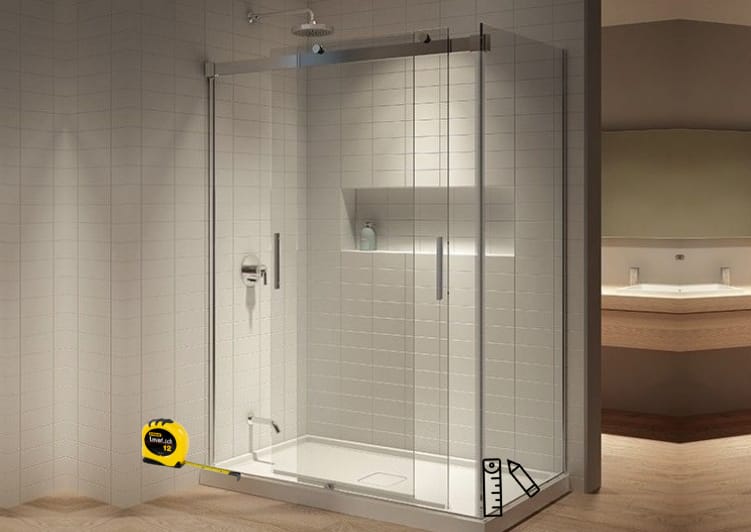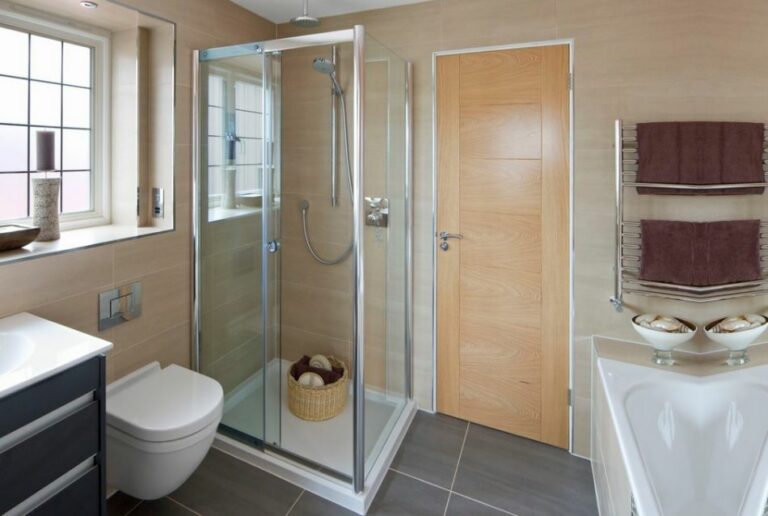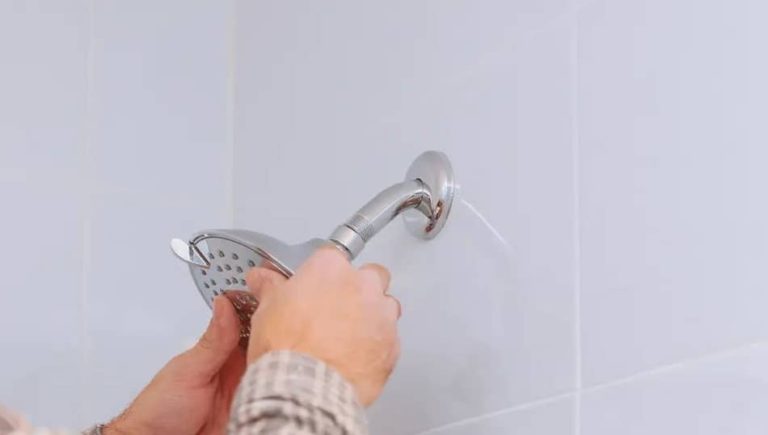What Is The Right Shower Drain Pipe Size?
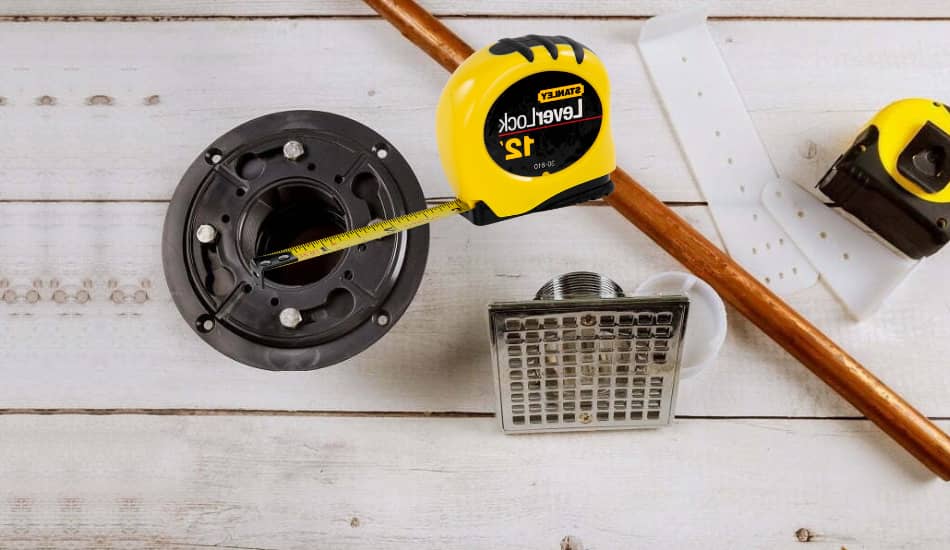
When you remodel your bathroom, you need to replace things like sinks, showers, bathtubs, and sometimes even flooring. Most people dream of making their space, especially the bathroom, a sleeker and more luxurious place. The most common issue is that they do not know where to start. While renovating, many technical questions might arise. For example, what is the right shower drain pipe size?
In this article, we’ll talk about the right shower drain pipe size and how to install a good quality shower drain pipe that will last you a long time. Additionally, you will learn about building codes, the composition of your shower, and many other aspects of bathroom remodeling. So, let’s start.
Table of Contents
What Is The Right Shower Drain Pipe Size?
So, What Is the Right Shower Drainpipe Size? Typical shower drain pipe size is generally about 2-inches. Most building codes require you to have a drain pipe size that is 2-inch. Having a small shower drain pipe size that is 1.5-inch or lower will cause overflowing and flooding in your bathroom.
To do this work, keep in mind the following things:
| Working Time: 1 – 4 hours | Skill Level: Intermediate |
| Total Time: 1 – 2 days | Estimated Cost: $20 to $100 |
Below we will go into more detail about shower drain size. For those who want to learn more, you can also read Kitchen Plumbing Systems | Diagrams & Types.
What Size Is Drain Pipe For A Shower?
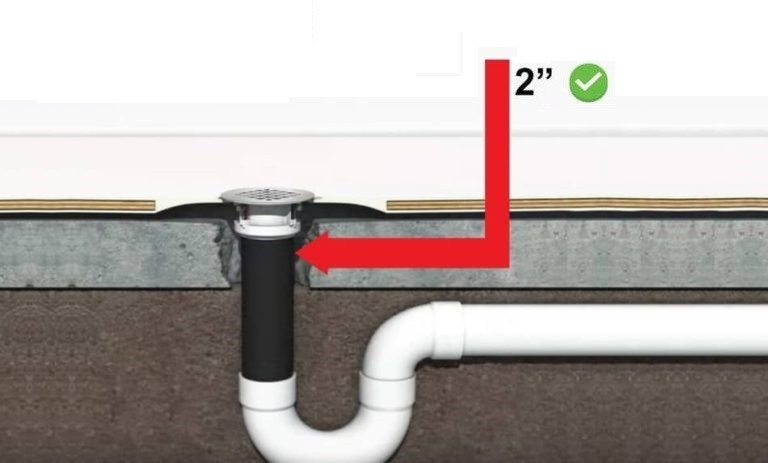
Installing a new shower is one of the most common things people indulge in while refreshing their bathroom environment. If the shower looks worn, the whole space does as well. That’s why most people start with the new shower installment.
The shower installment process includes many steps, but one of the most important ones is drain pipe placement. There are many types and sizes of drain pipes, but there is a standard size most building codes regulate and manufacturers work by. That size is 2-inches.
It’s important to have a pipe of wide diameter. Some manufacturers use narrow pipes of around 1.5 inches, but those usually cause problems later. That’s because such a narrow space is not large enough to stop overflowing and flooding in your bathroom.
Water hazards like these are very costly to fix because they can also damage flooring and subflooring alongside the obvious bathroom elements. Having a small drain pipe connected to your shower is also awful because as soon as there is more water flowing, it won’t enter the pipe but the surrounding floor.
What Is The Standard Shower Drain Pipe Size?
Most shower pans and trays are made for two-inch (2-inch) drain pipes. As opposed to the one-and-a-half-inch (1.5″) drain pipe, the two-inch one is large enough to endure the water pressure and quantity. That’s why most building codes require this drain pipe size for shower drainage. Some buildings are exceptions with asking for only a 1.5-inch pipe, but even if that’s the case for your building, our advice is to go for the larger pipe size.
Can I Have A Smaller Drain Size?
If you want your drain to be smaller, but your building codes require a 2-inch drain pipe, you can reduce the drain size. Many plumbing experts will tell you that you need to reduce the pipe size if you want a smaller drain size. The way to do so is to glue in a reducer to shrink the opening slightly. We recommend giving this decision a double thought, though, because it is a bit impractical.
There is too much water on such a small opening, especially with the new and modern design showers with multiple water heads and spraying from various angles. It’s best to consult a professional to know for sure what the best option is. That way you will at least be able to avoid a potential problem before it happens.
What If You Have Shower And Tub Combinations?
Recently, many interior designers are opting for a new shower and tub combination. Customers as well have shown an interest for this option. That’s why so many people have been getting those installed. But the question is, does the 2-inch shower drain pipe size also applies to this unique situation?
In this case, having a smaller drain is not that big of an issue because the bath itself is made to hold more water. Having a smaller drain size comes in handy in this situation.
The drain can easily be a bit smaller without any fear of overflowing water and floods. These are great for people that prefer smaller drains. On the other hand, if you prefer water not to gather up but keep moving through fast when you shower, you should again consider installing a two-inch pipe drain. That way, excess water won’t pile up around your feet.
Plan Ahead For Your Shower Drain
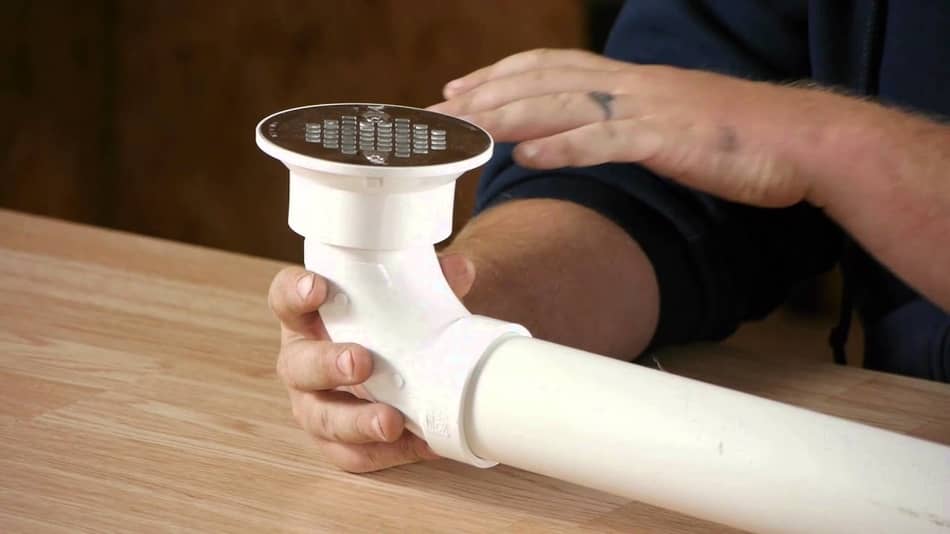
Knowing how much water flow you will have in your new shower is an important factor on what drain pipe size you need. If you know a lot of water will be splashing from multiple directions, it’s best to get the standardly two-inch size pipe. If you do not have that much water flow, you might be able to get away with a narrower pipe. If you aren’t sure, contact a plumber to clear up any questions you might have.
Things To Know Before Installing A Shower Drain
Shower drain replacement or installment is not a difficult task, but licensed professionals mostly perform it. Even though you might not be doing the job yourself, it’s good to be informed of some technicalities. That way, no one can fool you nor can get you confused about where your money might be going.
This process of pipe installment is quite fast. It takes a few hours at most if the shower base is already done. Here are some potential situations that you might have to deal with after some time:
1. Check What Drain Pipe Size You Have
Most shower drainpipes are, as already mentioned, two inches in diameter. But there are exceptions with 1.5 or 3 inches. Make sure to check in the local or building codes to save yourself another trip to the plumbing supply store. For some drain pipe models, you can even check here on Amazon.
2. You’ll Need To Cut Through The Ceiling
In some cases, the only way to reach the pipes is by cutting through the ceiling below the shower. Often because of leaks, drywalls on the ceiling below and the drain itself are replaced. That process is quite simple and can be done in a short period of time. It’s important to do the replacement as soon as you notice leaking, so the issue doesn’t expand and create more damage than necessary.
3. Tight Spots May Cause Problems
Sometimes when the ceiling below the shower is cut, wiring and pipes that get in the way are found. They stop you from reaching the water pump pliers and the nut that connects the drain and the pump. If that is the case, the most common solution is to completely pull out the shower base to access the drain from the top. This is a rare occurrence, though.
4. It’s Easier To Replace The Whole Trap
Some shower drains have extremely welded connections that make it hard to do any quick repairs. When removing the old drain, the shortened drainpipe that’s left is not long enough to function properly.
To fix that issue, you could extend the drain where it’s needed, but that is both a physically challenging and irksome process because you must work overhead in a tight space. It is much simpler to cut out the whole drain trap and replace it with a new one.
What Size Shower Drain You Need To Buy?
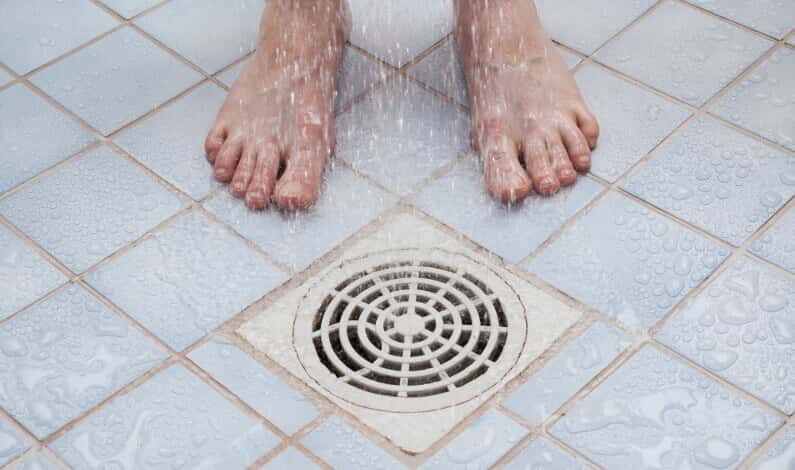
If you have decided to replace your old shower drain with a new one, here is what you should know. This is a short guide on what size shower drain you should get when replacing:
Here are 2 ways you can use to be sure you are getting the right drain size:
- Take your old drain out, cut it, and measure the drainpipe’s diameter.
- Buy an adjustable shower drain so any size will work.
2-inch pipes are usually found on showers, while the 1.5-inch pipes are placed in bathtubs and lavatory drainpipes that are part of the sink plumbing. The shower pipes must be bigger than 1.5-inch because more water passes through them at higher speeds.
Determine The Length of The Linear Shower Drain
The length of the linear shower drain is based on the size of the shower and the drains’ location. These factors are important because based on them the drain is installed at a uniform distance from both walls and so that is covers at least 4 inches on all sides and covers less than eight to ten centimeters on each side.
The linear shower drain should not be longer than the distance between two adjacent walls. More specifications on linear shower drains can be found on the manufacturer’s website. It always helps to read those before installing.
What You’ll Need to Replace Shower Drain
Equipment / Tools:
Materials:
- Shower drain assembly
- Silicone caulk
- Plastic pipe primer and plastic pipe solvent glue (when and where needed)
Do you know how a bathtub works? If not, feel free to read How a Bathtub Works? | Plumbing & Drain System.
FAQ: People Also Ask
1. Are All Shower Drain Covers The Same Size?
No, shower drain covers vary in size just like drains do. That’s why it is important to check the specifications and make sure you are getting the right size.
2. What Is A Standard Shower Drain Size?
A standard shower drain size is 2 inches in diameter, but 3-inch drains are also relatively frequent.
3. Is it OK To Cover A Shower Drain?
Yes, it is okay to cover a shower drain but with a designated drain cover. The drain cover is also called the hair catcher, and it’s a very useful shower element. People shed hair when washing it to prevent the hair from entering and blocking out pipes alongside any other debris.
4. Where Should A Shower Drain Be Placed?
The shower drain should always be placed on the lowest point in the shower floor. That’s because the water naturally flows downwards, so the floor should be made into an all directions-downward slope leading to the drain. The best place to place the lowest point and its drain is in the center so that when you are showering, the floor is relatively leveled out.
5. Can A Shower And Toilet Share The Same Drain?
Yes, a toilet and shower can share the same drain but not a waste trap arm. The waste trap arm also called the dirty arm, should be separate because of sanitary precautions.
Final Thoughts
As bathrooms today are done in quite different ways, a drain pipe size should always be done according to standards. We mentioned that some bathrooms have a 1.5-inch drain pipe size, while the standard is a 2-inch drain pipe size. If you have a very small drain, the water will not pass, and it will accumulate and cause potential problems. What we definitely advise you is to take someone professional to do this job. If you have any additional questions, feel free to contact us or leave a comment.




